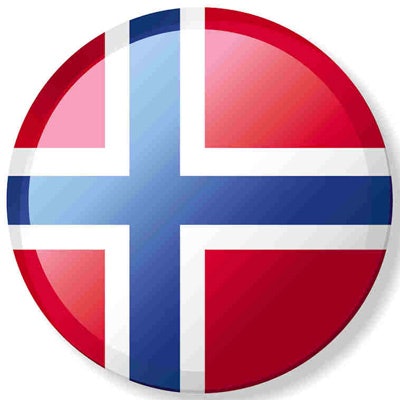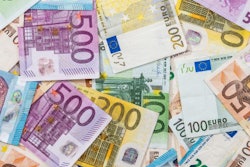
Norwegian researchers have found that screening digital breast tomosynthesis (DBT) requires less compression and pressure than digital mammography. They published their findings online on 25 July in Acta Radiologica.
The study results suggest that DBT could make women's experience of screening mammography more comfortable, as compression can be a negative factor in the screening experience, according to the team led by Gunvor Waade of Oslo Metropolitan University.
"DBT requires longer scan times than digital mammography and prolonged breast compression time may result in an unpleasant experience for the women," the group wrote. "On the other hand, 3D imaging reduces superimposition of breast tissue and therefore it has been proposed that DBT could be performed with reduced compression compared to digital mammography."
Compression is a key factor in the quality of breast cancer screening, affecting recall rates, the rates of screen-detected cancers, positive predictive values, sensitivity, and specificity, Waade and colleagues noted.
"The most favorable results of performance measures have been reported for women receiving the highest compression forces ... and lowest compression pressures," they wrote. "It is likely that the two groups house the same women, meaning women with large breast volumes where a high compression force is divided over such a large contact area that compression pressure is still low."
Currently, there are no guidelines regarding optimal breast compression for standard digital mammography or for digital breast tomosynthesis, the authors explained. To address this knowledge gap, they conducted a study that compared breast compression parameters and mean glandular dose with digital mammography versus DBT.
The study included 21,729 women who participated in the Digital Breast Tomosynthesis Trial in Bergen (TOBE) as part of BreastScreen Norway between 2016 and 2017. Of these, 11,056 (50.9%) were screened with digital mammography and 10,673 (49.1%) with DBT.
The researchers tracked the effect of each screening technique on the following breast compression parameters by view -- craniocaudal (CC) and mediolateral oblique (MLO):
- Compression force
- Compression pressure
- Compressed breast thickness
- Mean glandular dose
Women who had digital mammography received higher compression forces and pressures than those who underwent DBT, the researchers found. However, those who had DBT exams were exposed to more radiation than those who underwent digital mammography.
| Compression characteristics, digital mammography vs. DBT | |||
| View | Digital mammography | DBT | p-value |
| Force (N) | |||
| CC | 107.3 | 102.5 | < 0.001 |
| MLO | 121 | 119.9 | < 0.001 |
| Pressure (kPa) | |||
| CC | 13.4 | 12.7 | < 0 .001 |
| MLO | 9.5 | 9.5 | 0.61 |
| Compressed breast thickness (mm) | |||
| CC | 58.8 | 58.9 | 0.73 |
| MLO | 60.7 | 60.5 | 0.26 |
| Mean glandular dose (mGy) | |||
| CC and MLO | 2.95 | 2.98 | < 0.001 |
"DBT women received lower compression force and pressure, and compressed breast thickness in MLO-view, compared to digital mammography women," the team wrote.
More research is needed to explore the question of compression between the two modalities, according to the authors.
"Further studies should investigate the impact of breast compression parameters on image quality, screening outcome, and radiation dose in order to develop evidence-based guidelines for breast compression, both for digital mammography and DBT," they concluded.



















